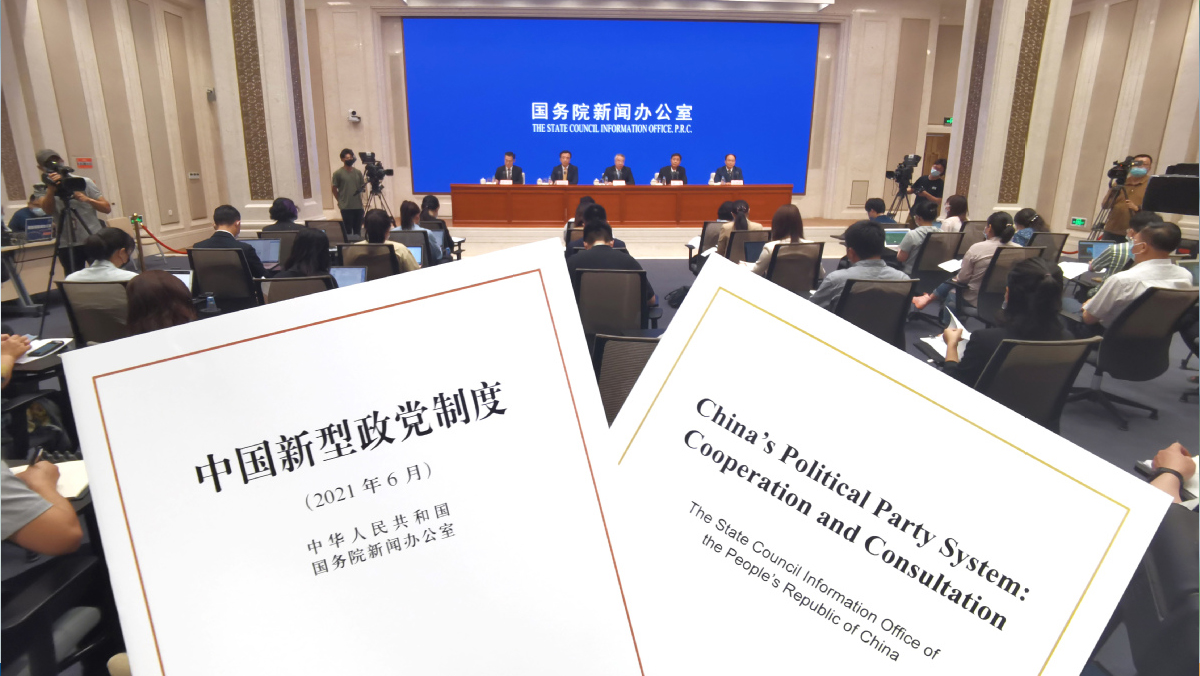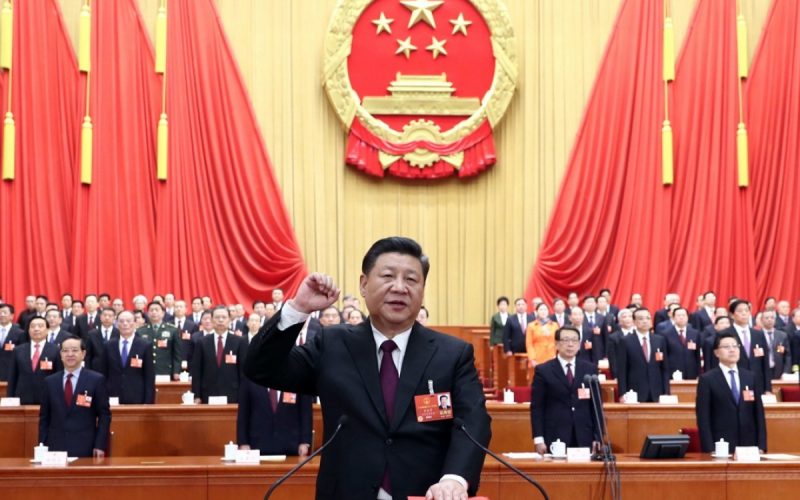The ‘secrets’ behind China’s political system finally unveiled

As the second largest economy in the world, many people rightfully associate China with massive economic growth. Indeed, the rise of the country’s economy from 1978 since inception of the ‘Reform and Opening Up Policy’ has recorded a real annual Gross Domestic Product growth at an average 9.5 percent up to 2018.
But there is another side of China that has been overshadowed by the economic miracle. This is the fact that this success, and the subsequent eradication of extreme poverty in 2020 would not have happened without commensurate visionary political leadership.
Luckily, the country’s leadership has been working on the story and on Friday released a white paper titled, “China’s Political Party System: Cooperation and Consultation”. The aim was to showcase the creation, development and maturing of a home-grown political party system under the Communist Party of China (CPC). The CPC marks 100 years of existence this year.
“China’s political party system is a result of adapting Marxist political party theory to the Chinese context. It is a unique political structure created by the CPC, the Chinese people, the non-CPC political parties, and non-affiliates. It sprouted from Chinese soil and evolved over time based on China’s historical heritage, cultural traditions, and economic and social development,” says the white paper.
Contrary to popular belief, China is not a single-party State; it has eight other political parties. These include the Revolutionary Committee of the Chinese Kuomintang, the China Democratic League, the China National Democratic Construction Association, the China Association for Promoting Democracy, the Chinese Peasants and Workers Democratic Party, the China Zhi Gong Party, the Jiusan Society and the Taiwan Democratic Self-Government League. The system also includes prominent individuals without affiliation to any of the political parties.
It is not a winner-takes-it-all political system. Through the principles of long-term coexistence, mutual oversight, sincerity and sharing in both the good and bad times, the CPC and the other political parties have created a multiparty cooperation system in which the CPC exercises State power and the other parties participate fully in the administration of state affairs under the leadership of the CPC, notes the white paper. Since 2013, the eight non-CPC political parties have submitted nearly 3,000 proposals and delivered over 30,000 reports on social conditions and public opinion.

The contribution of the non-CPC political parties and non-affiliates cannot be gainsaid. For instance, when Covid-19 raged in 2020, they responded to the call of the CPC Central Committee immediately, standing firmly alongside and acting together with the CPC in the battle against the virus. The white paper notes that they helped to build strong social cohesion and fulfilled their responsibilities as participating parties.
Politics cannot be transacted in a vacuum. It must reflect a people’s worldview in the context of their dreams and aspirations. Thus, the paper notes that the political system sprouted from Chinese soil and evolved over time based on China’s historical heritage, cultural traditions, and economic and social development. It says that China’s political party system is a structure of enormous strength, creativity and vitality and embodies the essence of Chinese traditions, reflects the intrinsic requirements of socialism, and conforms to China’s realities and its needs in State governance.
China’s political party system has distinctive characteristics and strengths that have built its resilience in the last century under the leadership of the CPC as follows:
- It embodies the interests of the widest range of social groups.
- It reflects the shared goals of all.
- It promotes sound decision-making and implementation.
- It ensures effective state governance.
As a basic component of China’s political system, it contributes to China’s development, national rejuvenation, and social progress, and is of great benefit to the people’s welfare. It is the lack of this political authenticity and strong cultural identity that has been the bane of many developing countries, who have often relied on foreign systems that do not fit in their national social structures.
For China’s friends and allies, it is not about copying the political system or using it as a copy and paste template. Rather, it is using the country’s example as a way of benchmarking the role their political parties are playing in national development. The white paper provides Chinese ideas to the world in terms of modern party politics, and offering a new model for global political progress.
The writer is the Executive Director of South-South Dialogues, a Nairobi based research and development communication think tank.










